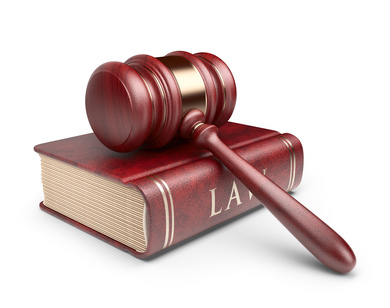When a cardiac arrest is presumed begin CPR. The risk of harm is low if the patient is not in cardiac arrest.
Recommendation
The AHA guidelines recommend in-confident performers should, at least, perform chest compressions upon the patient, since studies show chest compressions can be as effective as the combination of CPR. Untrained rescuers should provide Compression-only CPR since it's easy for an operator (dispatcher) to provide and guide instructions over the telephone. Remember, it is a priority to activate the Emergency Response System immediately and to provide chest compressions.
The expectation is that Health Care Providers (HCP's) are properly trained in CPR and efficiently able to perform both compressions and ventilation. Priority for the HCP (especially if alone) should be to activate the Emergency Response System as well as perform compressions. Priority may change sequence depending on circumstances (i.e., AED availability).
Hands-Only CPR:
If you witness a sudden cardiac arrest and attempt CPR, you can dispense with the mouth-to-mouth breathing. According to the American Heart Association, performing hands-only CPR can be just as effective as performing CPR with mouth-to-mouth. That means chest compressions alone are sufficient until trained responders arrive on the scene.
Do note that conventional CPR is still the way to go with children and infants. However, as most pediatric cardiac arrests are caused by asphyxiation, it may not be possible to perform rescue breaths. If so, go ahead with the hands-only method as it is better than no CPR at all.
To perform hands-only CPR, first, kneel beside the person who needs assistance. Get into position by placing the heel of one hand on the center of their chest, and the heel of the other hand over the first hand. Interlace your fingers. Keep your shoulders lined directly over your hands and your arms straight.
Once in position, start pushing hard and fast. Make use of your body weight to help make compressions, which should be at least two inches deep and occur at a rate of at least one-hundred compressions per minute. Allow the chest to rise completely between each compression.
From there, keep pushing until you see breathing or obvious indications of life. You can also stop once a trained responder or EMS professional is ready to take over or an AED becomes available. Stopping may also be necessary if you are unable to carry on due to exhaustion or the scene becomes unsafe.
Understanding Duty to Act
Duty to act is the duty requiring a person to take necessary action in order to prevent harm to another person or to the general public. Whether you are required to follow through depends on the situation and the relationship between the parties. In some cases, breach of duty may put a party at liability for damages.For laypersons, duty to act requires that you provide care if you have a legal duty. If you do not have a legal duty to provide care, you are not required to provide it.
Fear of providing care
There are a number of factors to weigh up when considering providing care. COVID-19 is an important concern, but the risk of contracting diseases can be reduced by wearing personal protective devices like masks, gloves, and gowns that limit exposure.If you feel fear of providing care due to possible legal issues, know that rescuers who provide care without a legal duty and act in good faith are protected by Good Samaritan laws.
If the situation is actively unsafe, do not attempt care. If you or the victim are at risk, it is best to call EMS and wait for support to arrive.
In some cases, you may be unable to save a victim. Rescuers should still attempt to provide the best care they are able to. A victim’s chances of survival can be improved by even basic efforts at life support. In accidents, victims who are clinically dead may still be helped when given care. Rescue efforts will not worsen their condition.
Following a traumatic situation in which you provided care, you may experience overwhelming emotions. If you continue to feel symptoms like depression, be sure to seek help from a professional source.




